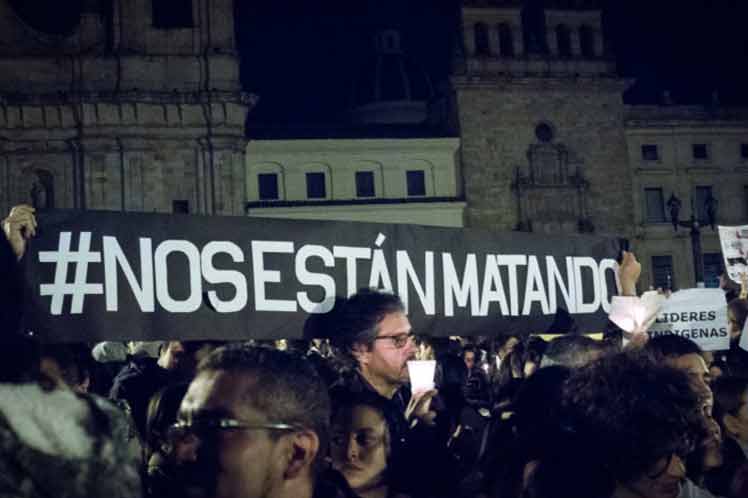In that period, 944 murders of people linked to those sectors (including human rights defenders) had been reported, the Forjando Futuros Foundation, the Inter-Church Commission for Justice and Peace, the Somos Defensores program, the Institute of Studies for Development and Peace and the Colombian Commission of Jurists reveal in the text.
There are three patterns related to the crimes: systematization, stigmatization and impunity set out the non-governmental organizations (NGOs), while summarizing the 66 sentences pronounced on those guilty – only seven percent out of all registered cases – for which they criticized the work of the Prosecutor General’s Office.
The death toll was located in 29 of the country’s 32 departments, but the most complex situation is registered in Cauca, Antioquia, Nariño, Valle and Norte de Santander, with 568 homicides of social leaders and former guerrillas, that is, the five departments concentrate 60 percent of the cases, they warned.
Those assassinations affect groups with similar characteristics, murderers’ main target are certain sectors of leadership or defense of human rights, or the former combatant population, focusing on certain areas, the document points out.
rly/omr/mgt/znc









